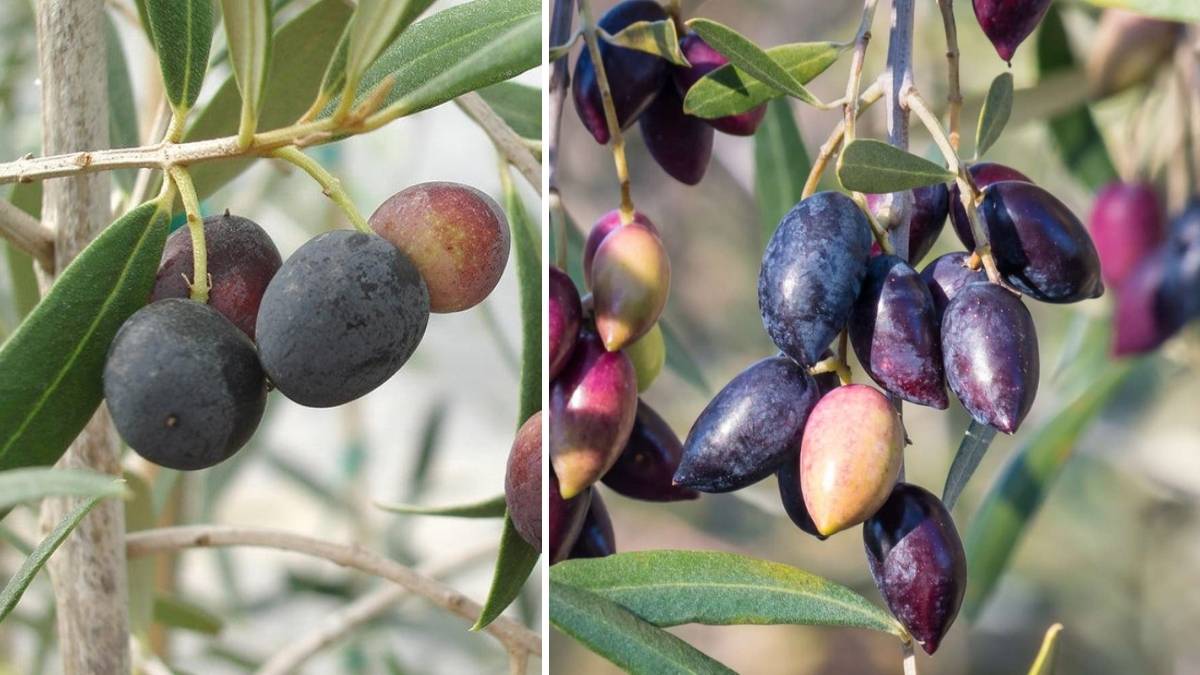Olive trees have long been associated with peace, abundance, and longevity. Native to the Mediterranean region, they have been cultivated for thousands of years for their fruit and oil. Today, these elegant evergreen trees are cherished not only for their practical use but also for their ornamental beauty. Their silvery-green leaves, twisting trunks, and gentle presence make them a favorite among home gardeners. The best part is that you don’t need a sprawling garden or farmland to enjoy growing one. Whether you live in a warm climate and have space outdoors or you’re in an apartment with bright windows, olive trees can thrive with proper care.
Growing an olive tree at home can be an incredibly rewarding experience. It connects you to nature, teaches patience, and brings a touch of Mediterranean charm to your environment. This guide will help you learn everything you need to know about growing an olive tree indoors or outdoors from choosing the right variety to planting, watering, pruning, and harvesting.
Understanding the Olive Tree
Before planting an olive tree, it’s important to understand its nature. Olive trees are hardy and drought-tolerant, thriving in warm, sunny climates. They prefer well-drained soil and can tolerate poor conditions better than most fruit trees. There are two main types of olive trees: fruiting varieties, which produce olives for eating or oil-making, and ornamental varieties, grown mainly for their appearance. When choosing a tree, decide whether your goal is aesthetics, fruit production, or both.
Choosing the Right Variety
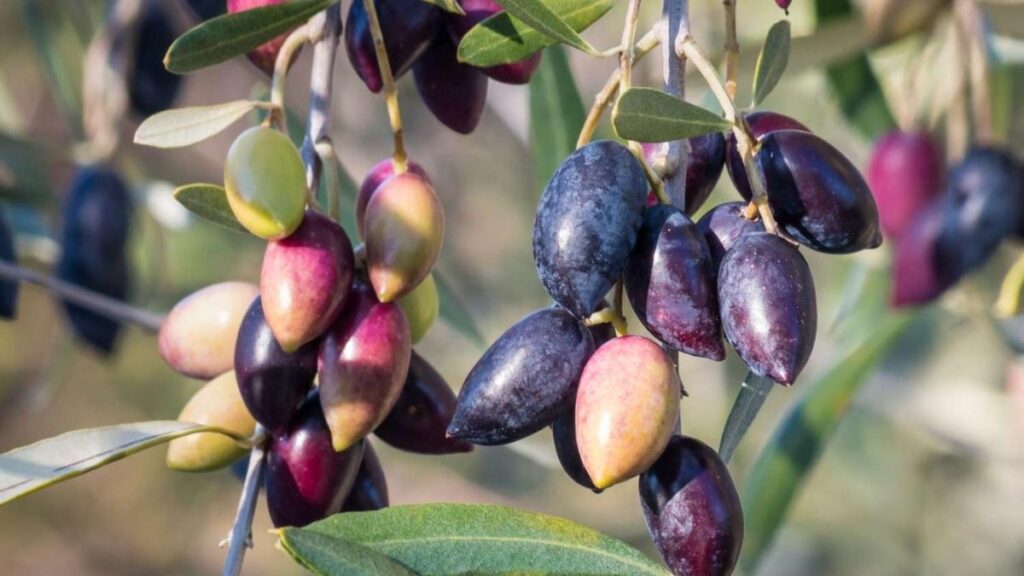
The type of olive tree you choose depends on your space, climate, and goals. If you want to grow a tree for fruit, you’ll need a self-pollinating or cross-pollinating variety and plenty of sunlight. If you’re more interested in décor or greenery, a dwarf ornamental tree is ideal.
Popular outdoor varieties:
- Arbequina: A compact tree that adapts well to different climates; produces mild, flavorful olives.
- Koroneiki: A Greek variety known for producing excellent oil; requires full sun and warm weather.
- Manzanilla: A classic Spanish olive tree with plump fruit; great for eating or oil.
Best indoor or container varieties:
- Little Ollie: A dwarf, non-fruiting variety that’s perfect for decorative purposes indoors.
- Picholine: Compact and adaptable, can produce small fruits even in containers.
- Arbosana: A slow-growing tree suitable for pots, with small, aromatic olives.
When buying your olive tree, choose a healthy sapling from a reputable nursery. Look for strong stems, green leaves, and well-developed roots. Avoid trees with yellowing leaves or soft, soggy soil in their pots.
Planting an Olive Tree Outdoors
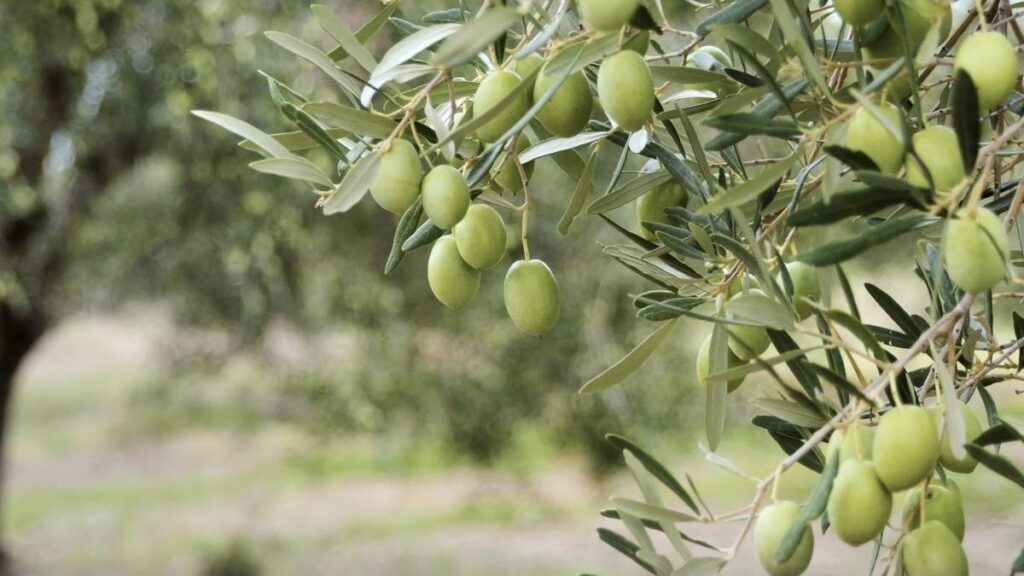
If your region has a Mediterranean-like climate hot, dry summers and mild winters you can grow olive trees outdoors with ease. They thrive in USDA zones 8 to 11, but can tolerate short drops in temperature to about 15°F (-9°C).
Steps for planting outdoors:
- Choose the right spot: Pick a location that receives at least six to eight hours of full sunlight every day.
- Check the soil: Olive trees prefer well-drained, sandy or loamy soil. If your soil is clay-heavy, mix in sand or perlite to improve drainage.
- Dig the hole: The hole should be twice as wide as the root ball but no deeper.
- Position the tree: Place the tree in the hole so that the top of the root ball is level with the ground.
- Backfill and water: Fill the hole with soil, gently firming it around the base. Water thoroughly to help the roots settle.
- Mulch lightly: Add a thin layer of mulch to retain moisture, but keep it a few inches away from the trunk to prevent rot.
During the first few months, water your tree regularly until it establishes roots. Once mature, olive trees are drought-tolerant and prefer their soil to dry out between waterings.
Growing an Olive Tree Indoors
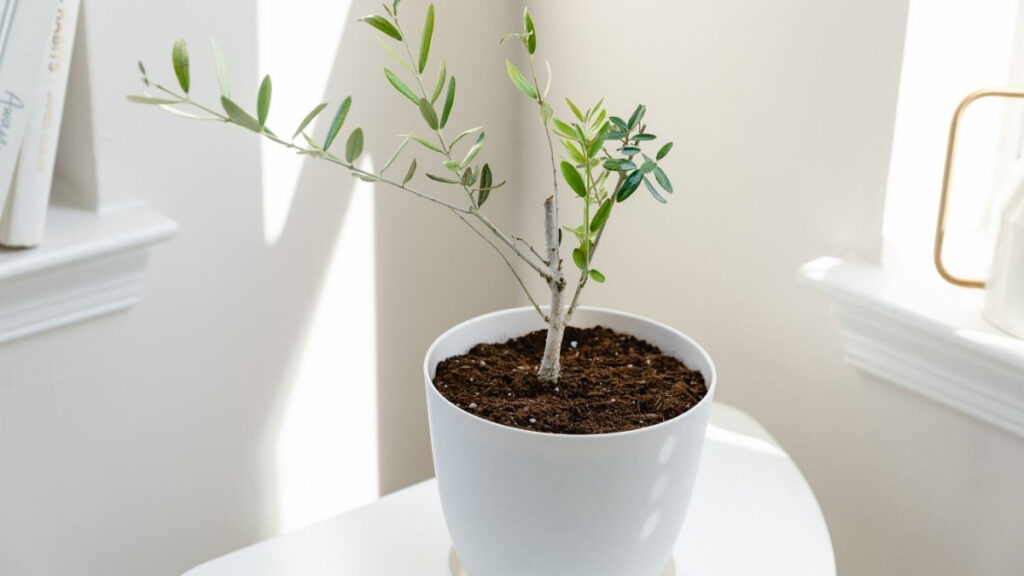
If you live in a colder region or lack outdoor space, you can easily grow an olive tree indoors. These trees adapt well to container life as long as they receive sufficient light and good air circulation.
Indoor growing tips:
- Lighting: Place your tree near a sunny, south- or west-facing window that provides 6–8 hours of sunlight daily. If natural light is limited, use a full-spectrum grow light.
- Pot selection: Choose a container with drainage holes at the bottom. Clay or terracotta pots work best as they allow air to reach the roots.
- Soil: Use a well-draining mix either cactus soil or a blend of potting soil with sand and perlite.
- Watering: Water the tree when the top inch of soil feels dry. Empty the saucer after watering to prevent root rot.
- Humidity: Olive trees prefer dry air but appreciate occasional misting in heated indoor environments.
- Temperature: Keep the room between 65°F and 75°F (18°C–24°C) and away from cold drafts or heating vents.
Repot your olive tree every two to three years to refresh the soil and give the roots more space.
Watering and Feeding
Olive trees are naturally drought-tolerant, but young plants need consistent moisture until they establish strong roots. For outdoor trees, water deeply once a week during dry spells. Indoor trees should be watered less frequently, as container soil dries out faster. Always check the soil moisture before watering.
Fertilize olive trees once or twice a year with a balanced fertilizer or a product formulated for fruit trees. In spring, use a nitrogen-rich feed to encourage new growth. During the growing season, occasional feeding helps maintain healthy foliage and improves fruit yield for outdoor trees.
Pruning and Shaping
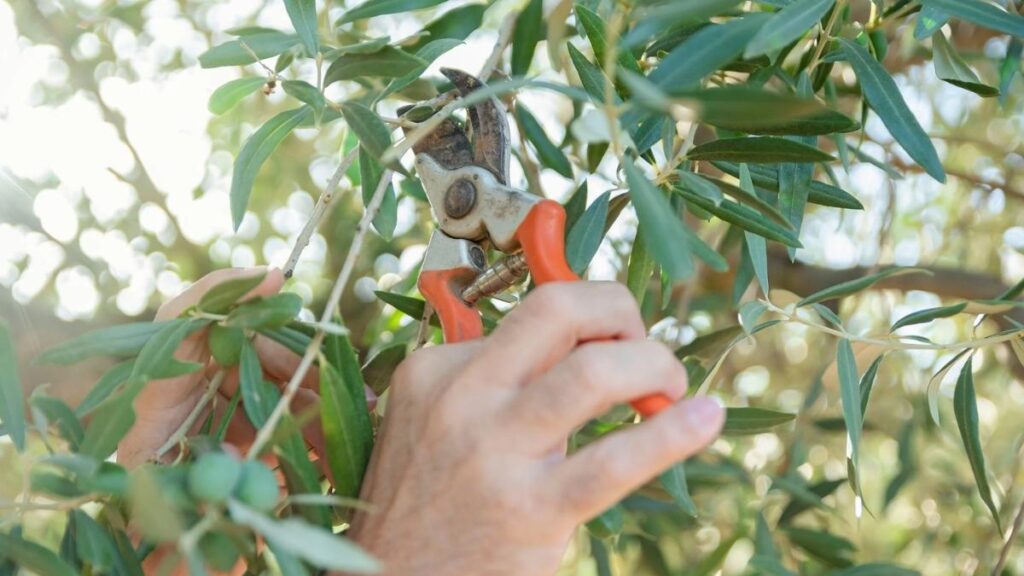
Pruning is essential for maintaining the shape and health of your olive tree. Outdoor trees benefit from annual pruning in late winter or early spring before new growth begins. Remove any dead or crossing branches to improve air circulation and sunlight penetration.
For indoor trees, light pruning throughout the year helps control size and encourages a fuller appearance. If your tree becomes leggy, trim back long branches to promote bushier growth. Olive wood can be pruned into decorative shapes, making it an attractive addition to interior décor.
Temperature and Climate Care
Olive trees prefer warm temperatures but can tolerate brief cold spells. If you live in a cooler region, consider growing your olive tree in a pot so you can move it indoors during winter. Indoor trees should be kept away from drafts, air conditioners, or heating vents that can dry out the leaves. Ideally, maintain indoor temperatures between 65 and 75°F during the day and slightly cooler at night.
Pest and Disease Management
While olive trees are generally hardy, they can occasionally attract pests like scale insects, aphids, or spider mites. For mild infestations, wipe the leaves with a damp cloth or use a gentle insecticidal soap. Avoid overwatering, as it can lead to root rot and fungal issues. Regularly inspect the leaves and stems to catch problems early.
Harvesting and Enjoying the Fruit
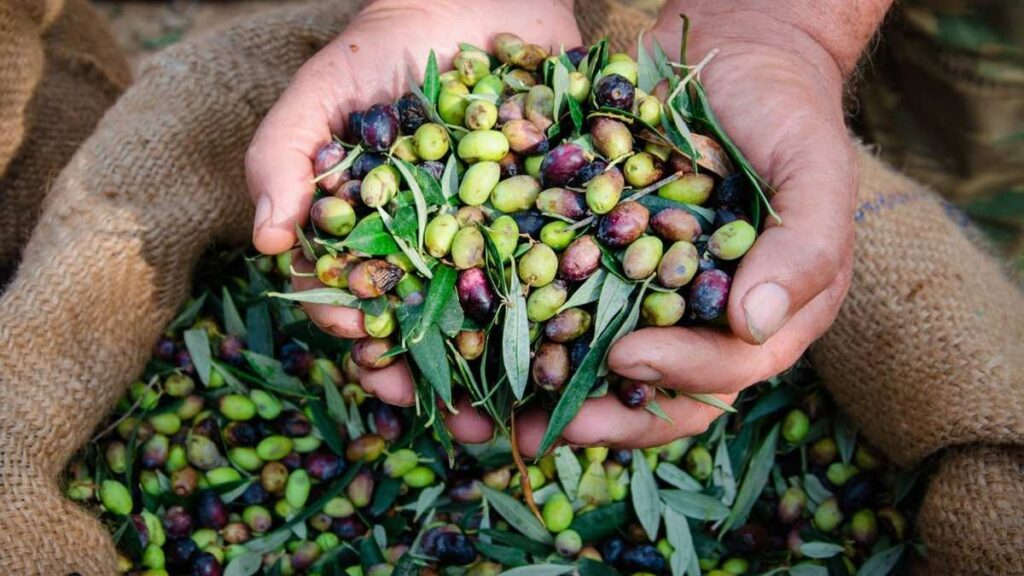
If you’ve chosen a fruiting variety, your olive tree may begin producing fruit after three to five years. Olives are typically harvested in late autumn when they change from green to black or dark purple. The exact timing depends on the desired flavor and purpose green olives are usually brined for eating, while ripe black olives are often pressed for oil. Even if your tree doesn’t produce fruit indoors, its silvery foliage and graceful form make it a stunning ornamental addition to your home.
Final Thoughts
Growing an olive tree at home, whether indoors or outdoors, connects you to an ancient tradition that symbolizes peace, endurance, and prosperity. These trees are resilient, adaptable, and surprisingly easy to care for once their basic needs are met. With plenty of sunlight, occasional watering, and a bit of pruning, your olive tree can thrive for years, adding timeless Mediterranean charm to your home or garden.
With patience and proper care, your olive tree will not only enhance your living space but also remind you daily of the beauty that comes from nurturing nature within your reach.
